[/caption]
Stunning photos alert! Here are some absolutely gorgeous, award-winning photos from amateur astronomers and photographers. Over 700 entries were in the competition for the 2011 Astronomy Photographer of the Year title, and the winners were announced last night at the Royal Observatory in Greenwich. This is the third year for the competition, which is run by the Royal Observatory Greenwich and Sky at Night Magazine.
Damian Peach from the UK won the overall title with this detailed image of Jupiter and several of its Moons.
“There were so many beautiful images this year but this one really stood out for me,” said Dr. Marek Kukula, Royal Observatory Public Astronomer. “It looks like a Hubble picture. The detail in Jupiter’s clouds and storms is incredible, and the photographer has also managed to capture detail on two of the planet’s moons which is remarkable for an image taken from the ground. An amazing photo.”
And here are the winning images from the other categories:
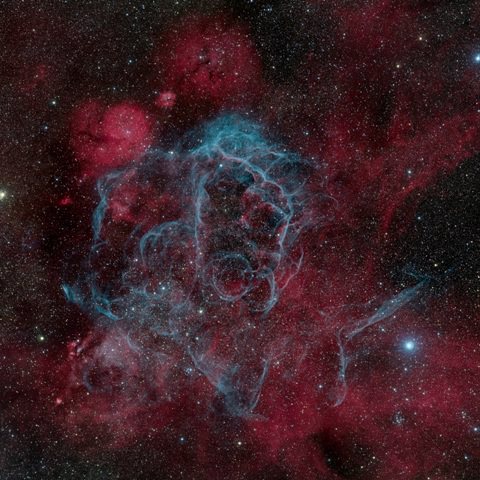
Deep Space
Marco Lorenzi (Italy) with Vela Supernova Remnant (Winner)
Edward Henry (USA) with Leo Triplet (Runner-up)
Michael Sidonio (Australia) with Fighting Dragons of Ara (NGC 6188 and 6164) (Highly Commended)
Rogelio Bernal Andreo (USA) with Orion, Head to Toe (Highly Commended)
Steve Crouch (Australia) with Planetary Nebula Shapley 1 (Highly Commended)
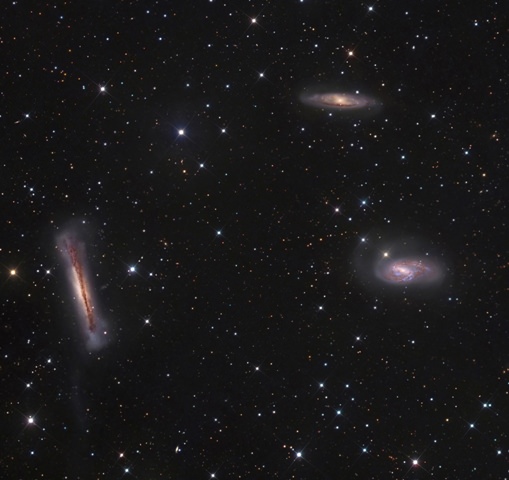

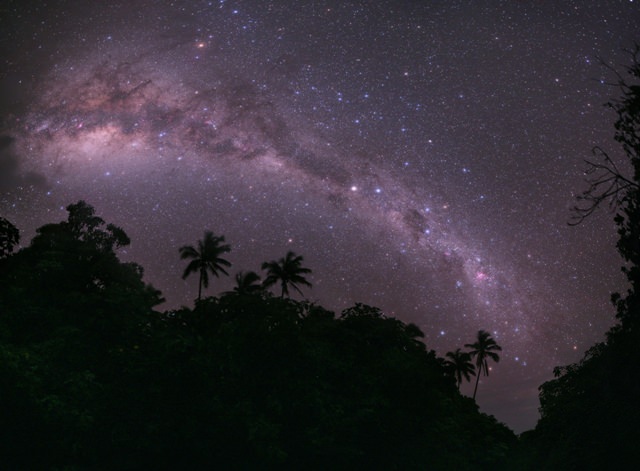
Earth and Space
Tunç Tezel (Turkey) with Galactic Paradise (Winner)
Ole C. Salomonsen (Norway) with Divine Presence (Runner-up)
Örvar Atli Þorgeirsson (Iceland) with Volcanic Aurora (Highly Commended)
Andrew Steele (UK) with Red Moon rising over Oxford (Highly Commended)
Mike Kempsey – DT6 Photographic (UK) with Meteor at Midnight, Glastonbury Tor (Highly Commended)
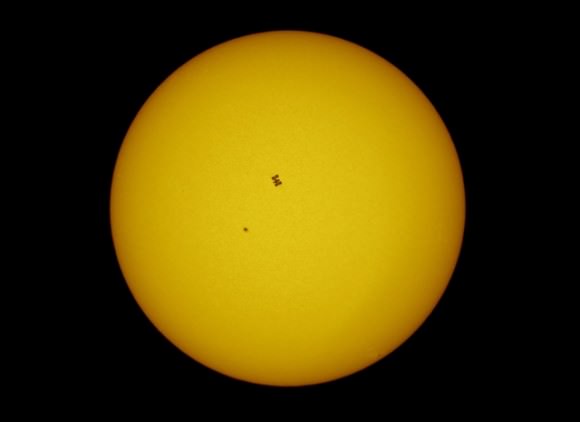
Our Solar System
Damian Peach (UK) with Jupiter with Io and Ganymede, September 2010 (Winner and overall competition winner) And you can see Damian Peach’s video of Jupiter at this link.)
Paul Haese (Australia) with Dragon Storm (Runner-up)
Dani Caxete (Spain) with ISS and Endeavour Crossing the Sun (Highly Commended)
George Tarsoudis (Greece) with Crater Petavius, 8 February 2011 (Highly Commended)
Peter Ward (Australia) with May 7th Hydrogen-Alpha Sun (Highly Commended)
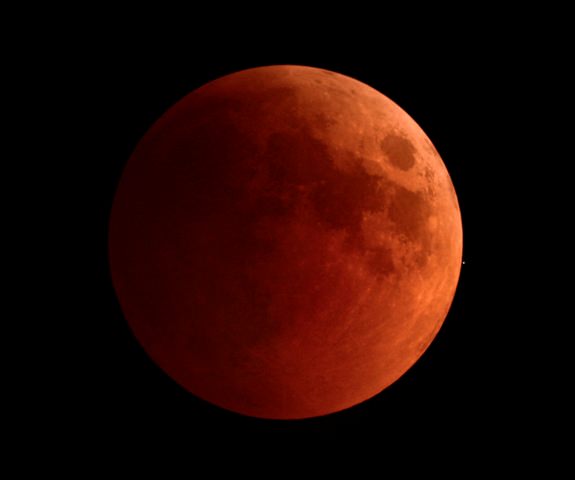
Young Astronomy Photographer of the Year
Jathin Premjith (India, aged 15) with Lunar Eclipse and Occultation (Winner)
Nicole Sullivan (USA, aged 15) with Starry Night Sky (Runner-up)
Peter Pihlmann Pedersen (UK, aged 15) with Crescent Moon (Highly Commended)
Tom Chitson (UK aged 15) with First-Quarter Moon (Highly Commended)
Jessica Caterson (UK aged 15) with Winter’s Moon (Highly Commended)
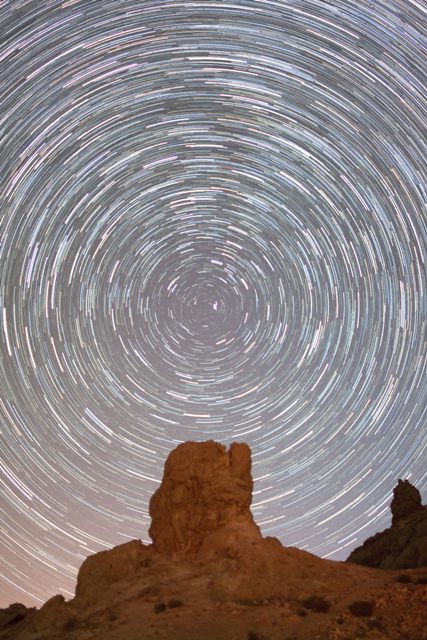
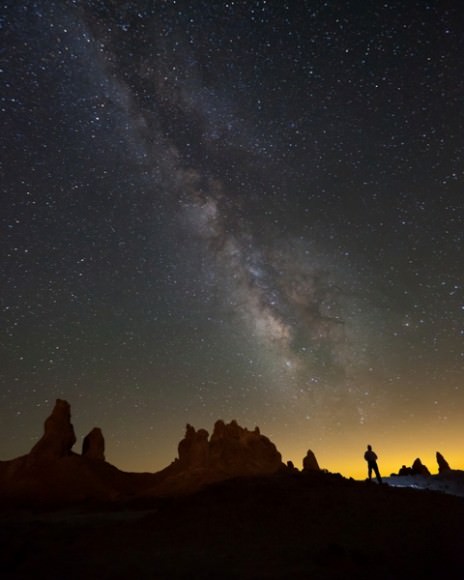
Special Prize: People and Space
Jeffrey Sullivan (USA) with Stargazing (Winner)
Jean-Baptiste Feldmann (France) with Hunting Moon (Runner-up)
Special Prize: Best Newcomer
Harley Grady (USA) with Zodiacal Light on the Farm (Winner)
Robotic Scope Image of the Year
Marco Lorenzi (Italy) with Shell Galaxies (NGC474 and NGC467) (Winner)
For all the winners and other photos not shown here, you can see more at the Astronomy Photographer of the Year Flickr site . If you are in the UK, you can see an exhibition of the winning photos as the Astronomy Centre, Royal Observatory, Greenwich, from September 9, 2011 – February 5, 2012
More info at their website: www.nmm.ac.uk/astrophoto, where you can also find info about the competition for next year — start planning ahead!
I was able to attend last year, and the Observatory and the exhibition is not to be missed for anyone interested in space and astronomy!

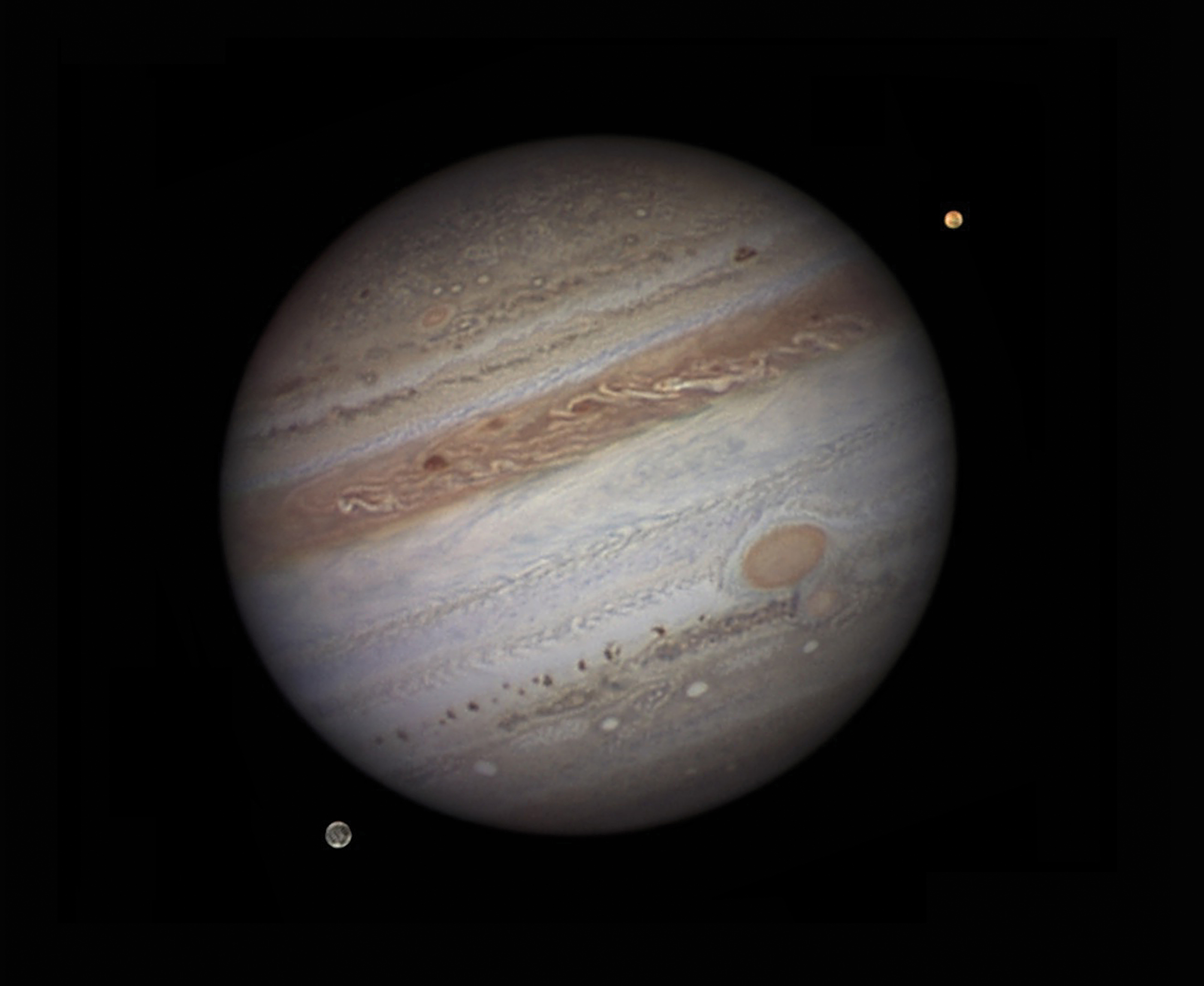
These are amazing, we’ve really come a long way in astrophotography. That ordinary people can take these stunning images is remarkable.
Fantastic work. Just simply fantastic
The Jupiter picture is a fake, sb didnt even bother to paste them in properly.
The Jupiter picture is a fake, sb didnt even bother to paste them in properly.
Damian Peach is a well known astrophotographer with many award winning images under his belt, including the Jupiter image here. Why not check out his website for MANY more examples of his legendary images of the solar system: http://www.damianpeach.com/
I was wondering how many of the photos are minimally, or maximally, photoshopped.
Work by those young photographers are awesome.
And, that Jupiter photo, why does it look as if the moons were pasted later?
Why the moons of Jupiter look like it is been pasted? I can see some square borders around the moons. Sorry for asking.
According to the contest website “The Planet and its moons have been photographed separately, then brought together to form this composite image.” This is done in order to best process each object, then all three are composited to form the final image. Aside from some minor banding issues, surface features on both moons are the real deal.
Here are a couple of closeups of Ganymede taken by Peach on the same 2010 observing run using the same equipment (and compared to NASA imagery):
http://www.damianpeach.com/barbados10/2010_09_18gany.jpg
http://www.damianpeach.com/barbados10/2010_09_25_gany.jpg
Pretty darn impressive for a 14″ ‘scope!
I don’t understand ‘Starry Night Sky’ by Nicole Sullivan. Looks unreal
It’s a long exposure. So the stars appear blurred along their apparent direction of travel – around the celestial north pole.
“Divine Presence” by Ole C. Salomonsen took my breath away. Just spectacular. Artfully framed, compositionally balanced, and “divinely” timed. In short, beautiful!
Aurora Borealis
There is a flower of climate rare,
That never bloomed for me,
I searched the wood, I searched the moor,
I robbed the emerald sea.
Alone upon an icy coast,
By Arctic’s hem it grows,
Its beauty is intoxicant
To those who brave the snows.
But when the Bear shines clear and high
I dream of Polar night.
Wherein this wondrous flower blooms
In sheaves of rainbow light.
— Nellie Seelye Evans ( ? – 1929 )